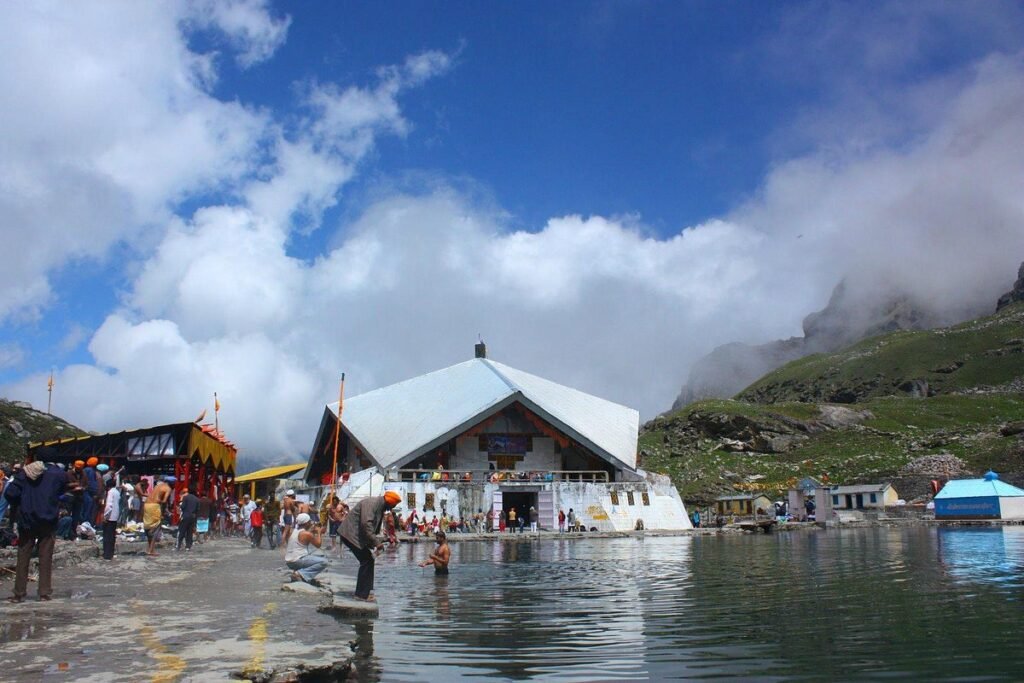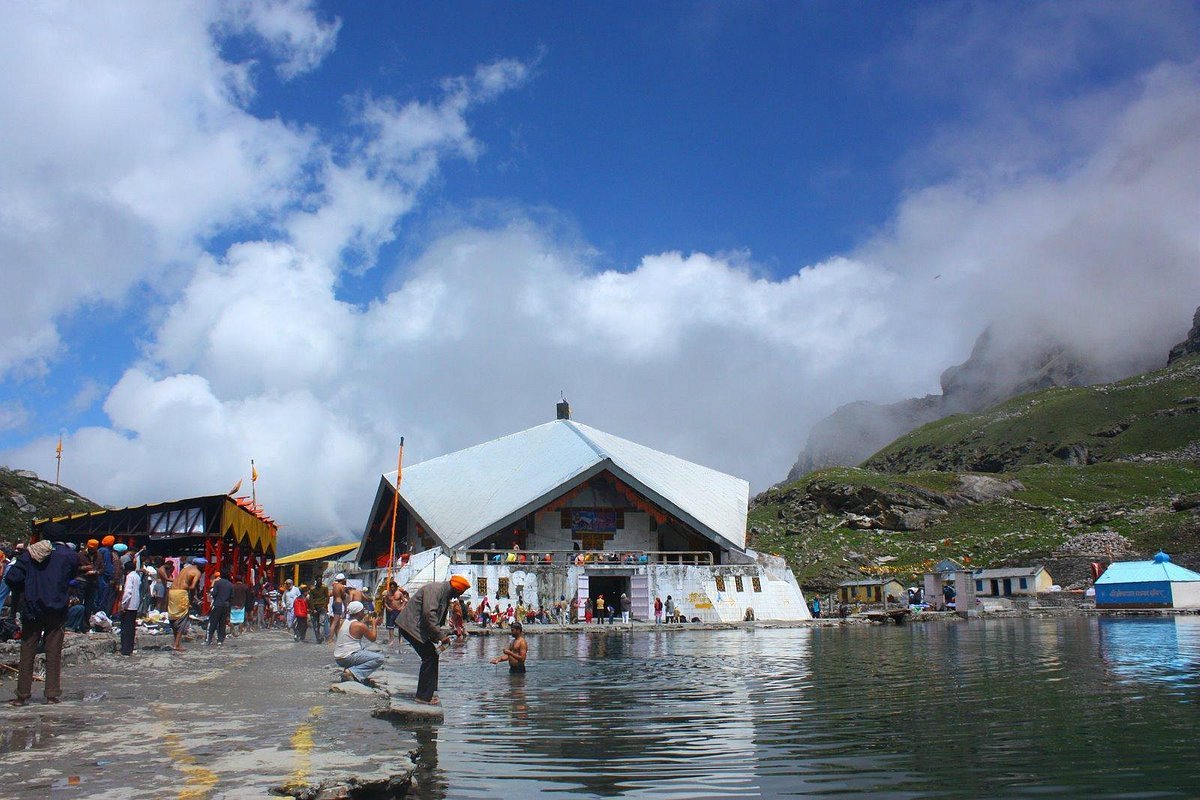Hemkund Sahib, a popular pilgrimage site nestled in the Garhwal Himalayas of India, attracts many devotees and tourists annually. However, a recent decision has been made to ban children and elderly visitors from entering Hemkund Sahib.
The Need for Safety Measures

Preserving the Fragile Ecosystem:
Hemkund Sahib is located in the beautiful Himalayas, and taking care of the delicate environment is important. The ban on children and elderly visitors aims to protect the area’s plants, animals, and overall balance. Sometimes, young children may not understand the importance of being careful, and their presence can unintentionally harm the ecosystem.
Challenging Terrain:
Hemkund Sahib is situated at a very high altitude of 4,632 meters, and reaching it can be tough, even for experienced trekkers. The path is steep, rocky, and the weather can change quickly. Older people and young children are likelier to feel sick or tired easily. The ban is meant to prevent accidents and health issues that could happen due to the difficult conditions.
Controversy and Opposition:
Devotees’ Disappointment:
Some people who visit Hemkund Sahib for religious reasons are upset about the ban. They believe that everyone should have the right to access religious sites, regardless of their age. They suggest implementing safety measures and precautions instead of a complete ban.
Economic Impact:
Hemkund Sahib attracts a lot of tourists, and the ban on children and elderly visitors could affect the local economy. People who run tour operations, hotels, and shops in the area are worried that fewer visitors will mean less business.
Mitigating Measures and Alternative Solutions:
Improved Safety Guidelines:
Instead of a complete ban, authorities could introduce better safety guidelines for all visitors. This might include mandatory health check-ups, training programs for trekkers, and stricter rules for managing waste to protect the environment.
Alternative Pilgrimage Options:
To accommodate devotees who can’t make the difficult trek to Hemkund Sahib, alternative pilgrimage sites could be developed. These sites could be more accessible and easier to reach, allowing people of all ages to participate in the spiritual journey.
Conclusion:
The ban on children and elderly visitors at Hemkund Sahib is aimed at preserving the delicate ecosystem and ensuring visitor safety in challenging terrain. While the decision has received mixed reactions, it emphasizes the importance of balancing religious beliefs with environmental conservation and the well-being of visitors. By exploring alternative solutions and implementing strong safety measures, authorities can strive to maintain the spiritual significance of Hemkund while promoting responsible tourism.





Leave a reply